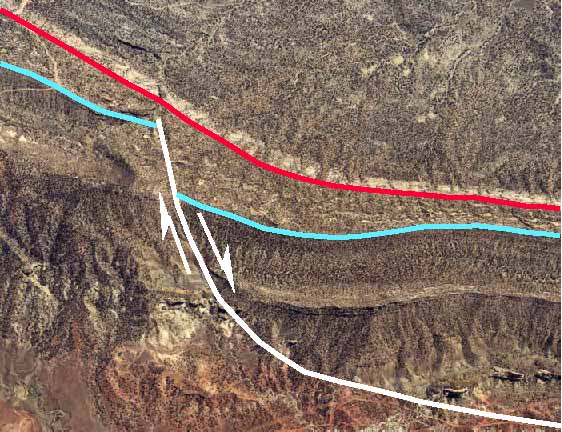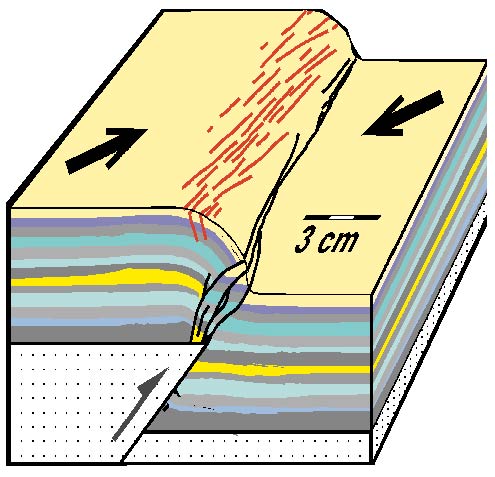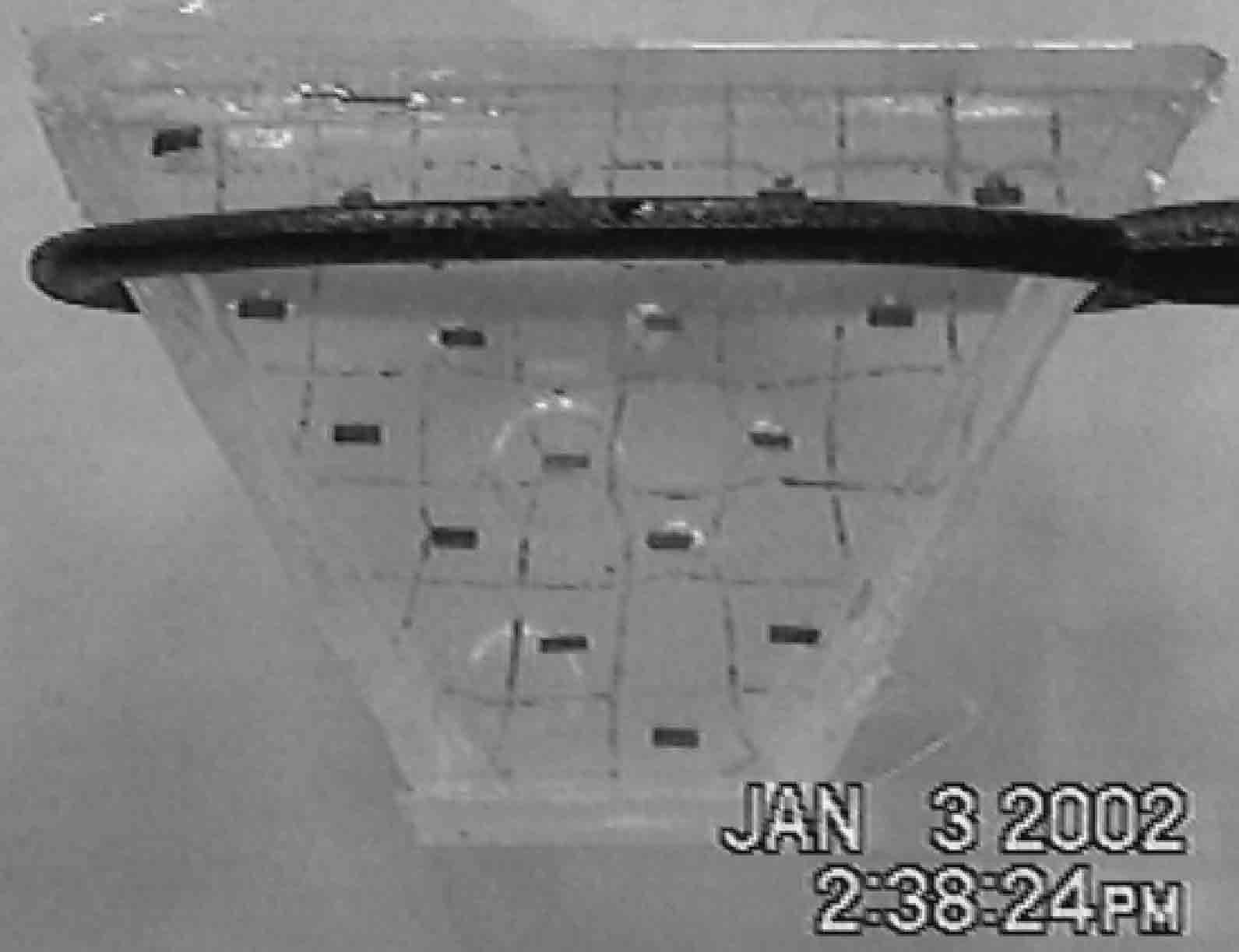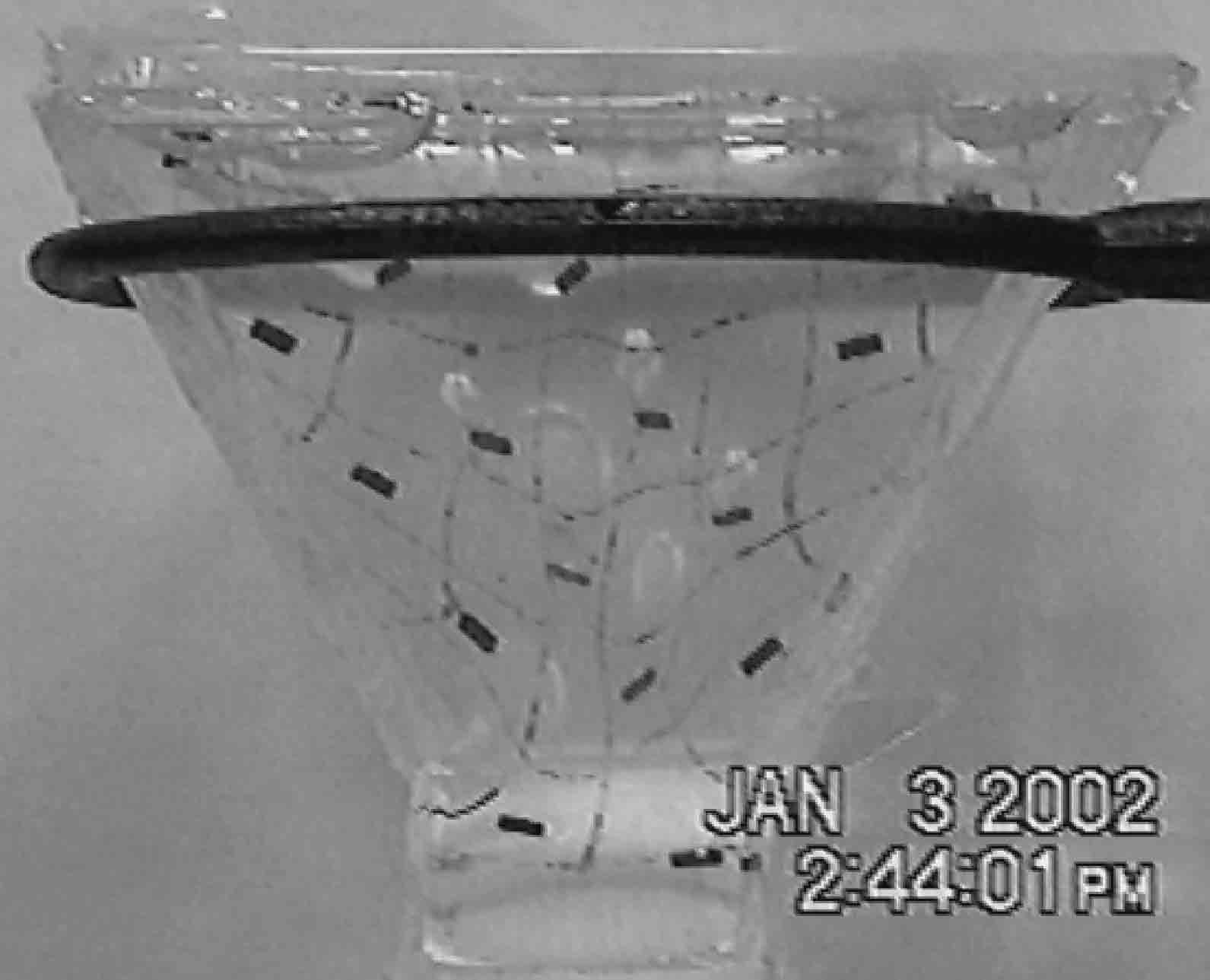| JOINTED DEFORMATION BAND SHEAR ZONES
Deformation band shear zones (DBSZs) are brittle fault zones that accommodate
volume reduction and shear offset during deformation of porous sandstones.
DBSZs form by porosity reduction and cataclasis, such that the porosity
of DBSZs is about an order of magnitude less than the sandstone host rock,
and permeability is reduced by up to three orders of magnitude. DBSZs develop
by the millions, forming a closely-spaced, interlocking network that can
isolate small, impermeable compartments throughout an otherwise porous
and permeable sandstone.
Joints are planar, opening-mode fractures that frequently accommodate
layer-parallel extension. Joints are often ignored in considerations
of petroleum reservoir permeability because larger features like faults
and persistent fractures provide the primary pathways for fluid flow. However,
a well-developed joint set may provide essential connectivity in porous
sandstone reservoirs that are otherwise compartmentalized by deformation
band shear zones (DBSZs).
The DBSZs in our study area display closely-spaced, open joints that
do not extend into adjacent sandstone. George Davis (University of
Arizona) and I have been examining the relationship between joint spacing
and DBSZ thickness, and our preliminary work has led to more interesting
questions. Is it possible to predict joint spacing based on rheology
of DBSZs and their host sandstone? Do DBSZ joint orientations differ
from regional joint sets? Can joints in DBSZs restore reservoir permeability? |



